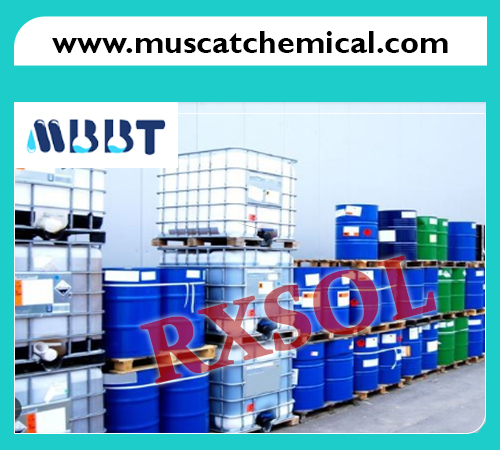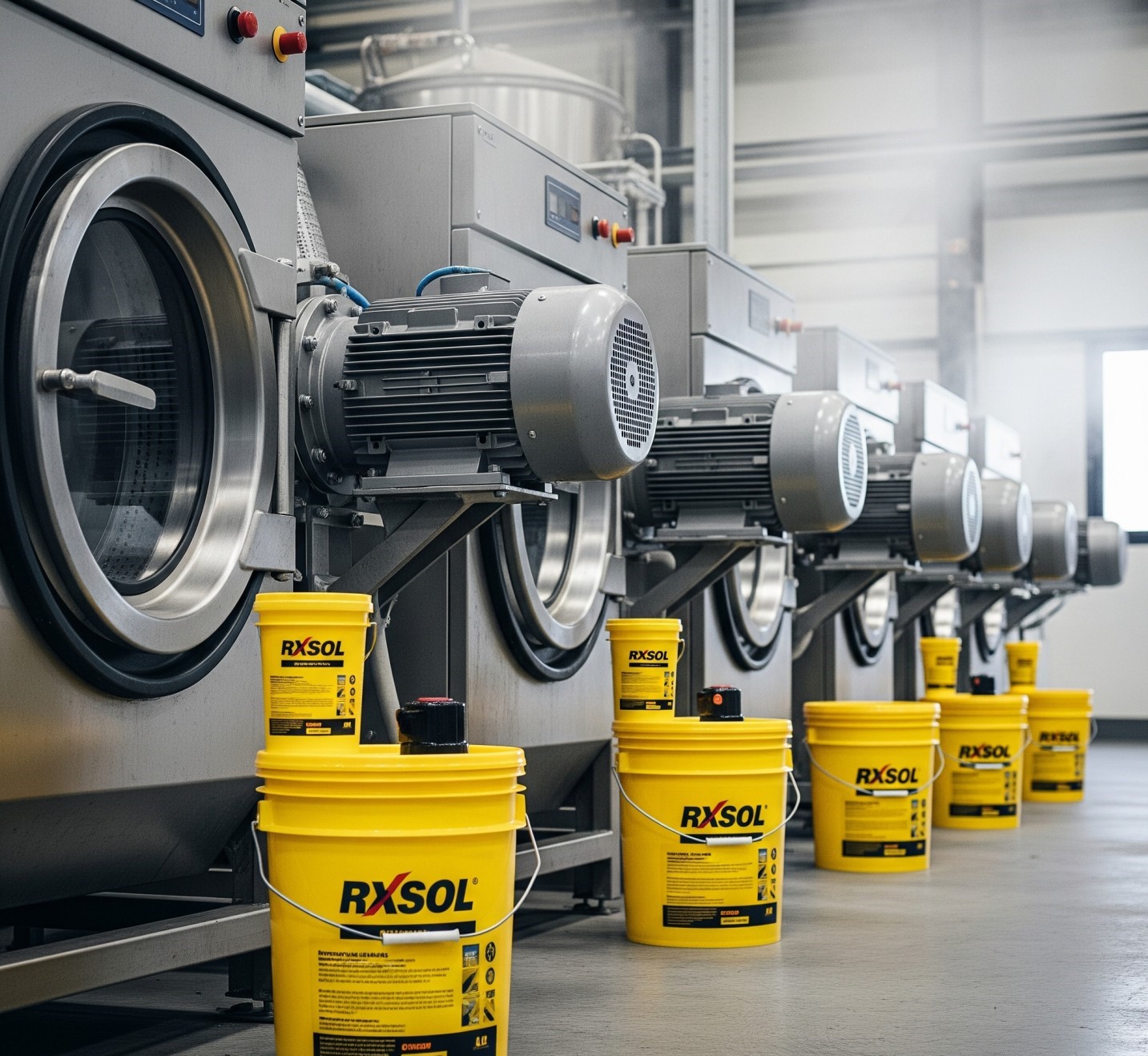
Formic acid is sprayed on animal feed and fresh hay to slow decay and keep the feed nutritious longer. It can also be added to poultry feed to kill E. coli bacteria. It is employed to control pests and weeds in crops and to inhibit the growth of unwanted vegetation. Formic acid is the simplest carboxylic acid, containing a single carbon. Occurs naturally in various sources including the venom of bee and ant stings, and is a useful organic synthetic reagent. Principally used as a preservative and antibacterial agent in livestock feed.
For poultry feed, formic acid is applied to kill Salmonella bacteria
In addition, the use of formic acid on hay feed may reduce the total milk fat when given to milk cows.
Formic acid has a wide variety of agricultural and industrial uses. In agriculture, formic acid is used as a fumigant to kill the varroa mite (Varroa jacobsoni) and tracheal (Acarapis woodi) mite, two species that commonly attack beehives.
The principal use of formic acid is as a preservative and antibacterial agent in livestock feed. When sprayed on fresh hay or other silage, it arrests certain decay processes and causes the feed to retain its nutritive value longer, and so it is widely used to preserve winter feed for cattle.
Formic acid is applied to feed to kill Salmonella bacteria.
The gel-pack formulation of formic acid is expected to minimize the potential for dermal, eye, and inhalation exposure for pesticide applicators. In humans, eye, skin, and mucosal irritation is possible due to the corrosive nature of formic acid, so packaging formic acid in gel-packs prevents the majority of human exposure during application of the product to the hive. Product labels direct beekeepers to use personal protective equipment when handling fumigant products
#FormicAcidSupplierinUAE
#FormicAcidinUAE
#FormicAcidinDubai
#FormicAcidinSharjah




